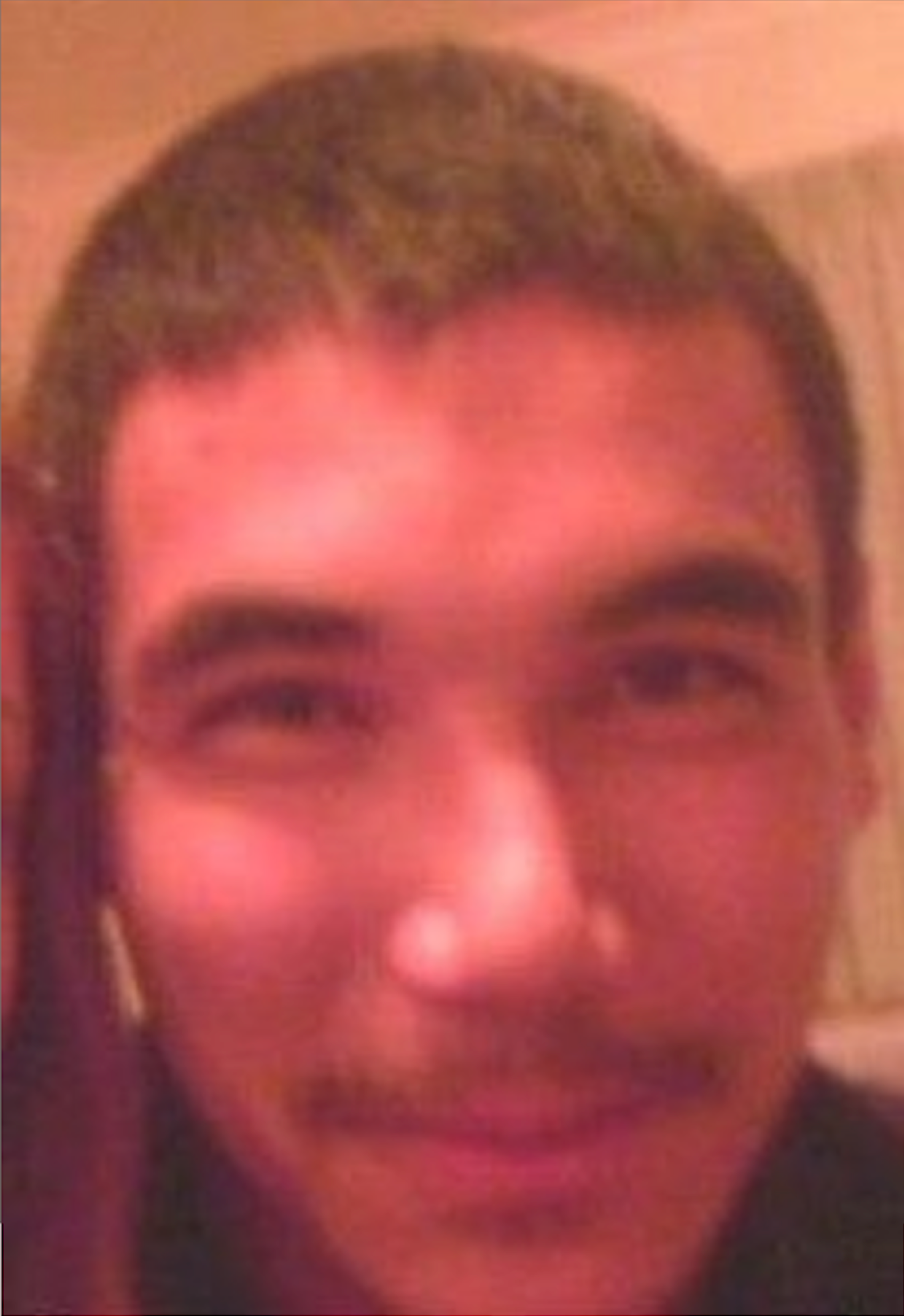Barry Ray Jessen
Vessel Name: Cape Palmerston
Barry Ray Jessen
Lost at Sea; Body never recovered
17 August 2006

Barry Ray Jessen
Barry Ray Jessen was born in Perth on 3 June 1982. His mother died when Barry was very young and he was raised by his aunt Dominique Schelfhout. Jessen was approximately 178 cm tall and was 24 years of age.
Jessen was close friends with Clint Martin, who he went to school with at Lumen Christi College in Gosnells. In 2002 Jessen moved in with Martin and his older brother Brandon, and stayed there until 2005, when he returned to his aunt’s house. He was single for two years prior to his death.
In 2006 Brandon Martin had been working on trawlers for the past four years. In 2006 he was asked to work on the Cape Palmerston. Two deckhands had left, and he asked Jessen if he would like to work for Nor West Seafoods to fill the other vacancy. Jessen travelled to Carnarvon and applied for the position. He was interviewed and offered the position, working on deck with skipper David Colin Griffiths.
Griffiths had worked in the fishing industry for almost 20 years and had skippered trawlers for 12 years. He started work with Nor West Seafoods in March 2006. Deckhands on board Cape Palmerston included Warih Djaya Utama, known as “Tumma”, and Yohan Tampang, known as “Chop Chop”. They had completed two trips aboard with Griffiths. Both had worked as fishermen in Indonesia, and trawler deckhands in Australia. They had working visas that expired at the end of 2006.
Griffiths went through jetty and boat inductions with Jessen. Griffiths’ safety advice included explanation of suitable work clothing and the preference for boots a size bigger than his usual shoes, so they could be kicked off if he inadvertently entered the water. Jessen’s family described him as a “weak” swimmer, however swimming was not among the tasks a deckhand was required to do. Reportedly Jessen fitted in with the other crew members and they all worked and socialised well together, despite language differences. None of the crew drank alcohol.
The Cape Palmerston is a steel-hulled 22.5 metre prawn and scallop trawler, owned by Tenereff Pty Ltd. The vessel was authorised to fish out of Carnarvon, in coastal waters 200 nautical miles offshore and she was within survey until February 20007.
Cape Palmerston left Carnarvon on 14 August 2006 for a three-week trip. Over the next two weeks the crew got into the routine of trawling and sorting the catch through the night and cleaning up in the morning. The crew then slept before the next night shift began. Griffiths thought Jessen was learning the job quickly and coping well with the long working hours.
On 16 August the crew started trawling at 5.30pm and kept working until morning. Nothing unusual occurred. The freezers were secured, and the deck and equipment cleaned, and the boat changed course to head for new fishing grounds. They used the movement of the boat to clean the nets before they were lifted and the cleaning was completed.
Martin headed to the galley to make breakfast for himself, Jessen and the skipper. Martin changed from his singlet, wet weather pants and work boots into a t-shirt and track pants. Martin took the skipper a toasted sandwich, and cooked more for Jessen and himself. Chop Chop and Tumma preferred to make their own food and waited for the galley to be free.
Jessen left the galley at 8.45am and went up to the stern deck to have a cigarette with Martin, leaving room for the others to cook their breakfast. The sea was not rough, and the boat rocked gently. Jessen spotted a land mass, and asked Martin whether it was Carnarvon. Martin told him it was Dirk Hartog Island. Jessen climbed the ladder from the stern deck, and Martin went to speak with the skipper.
The boat reached its new fishing grounds and travelled another 5 nautical miles before dropping anchor and the engine was shut down. On his way to his bunk, Martin noticed the galley was untidy, and went to find Jessen to help him clean up before they went to bed. Jessen was nowhere to be found, and Martin immediately informed the skipper who had retired to his bunk.
Griffiths started the motor, and called for Jessen over the boat’s intercom, while Martin pulled up the anchor. By 9am the boat had begun to retrace its course to where Jessen was last seen on board. The onboard search continued, and a call went out to other vessels in the area advising them Cape Palmerston had a man overboard.
Martin and Tumma went up to the roof of the wheelhouse with binoculars to look for Jessen. Visibility was good and they had the best vantage point. Other fishing vessels converged on the coordinates they were given and joined the search. Nor West’s fleet master contacted Police and a search plane was deployed. Senior Constable Daly of Shark Bay Police was advised and Supervising Fisheries Officer Graham Meinema put the Fisheries vessel PV Brockman into action as a forward command post.
Water Police and the local Volunteer Marine Rescue were alerted, and the Tapdance was deployed to the search. With nine trawlers to assist, official vessels and a fixed wing plane with trained observers, grid searches were put into place. Visibility was ideal, and when the likelihood of detection was calculated to be 94%, everyone felt confidant Jessen would be located. He was young and fit, and could likely stay afloat for some time. The search continued until 5.15pm, and then all vessels were asked to steam to Denham. At 8.30pm a Search and Rescue aircraft arrived from Perth to deploy radio beacons to assist vessels to search within the grid pattern. The plane had forward-looking infra-red equipment.
Cape Palmerston reached Denham at 9pm and the crew were taken to PV Brockman to make statements to Police. Chop Chop and Tumma had the aid of interpreters.
At 4.30am on 18 August, the search recommenced, and all available trawlers were used with calculations of the local drift patterns. Aerial searches resumed. By the end of the day, however, the search had become a recovery operation, and Jessen’s aunt was contacted to advise her there was no possibility of finding him alive.
Going over the evidence available, it seems likely Jessen fell overboard while relieving himself after breakfast, before going to his bunk to sleep. It is unclear whether he had come down from the top deck, or had fallen from some other area of the boat. The top deck above the wheelhouse had no railings at the time Jessen was lost. Martin thought he and the skipper would have heard Jessen on the roof of the wheelhouse if he had remained up there.
The Coroner concluded that drowning would have occurred soon after immersion. Search conditions were ideal, and Jessen’s disappearance was discovered quite quickly.It is possible he sank quickly or was taken by a shark.In any event, without direct evidence, the conclusion was that on 17 August 2006, Jessen fell accidently into the sea and did not survive the event. There has been no trace of him since.
The Coroner declared Jessen dead on 2 June 2020. At that time it was noted that Martin and the Griffiths were still distressed at the loss. For Martin it was like losing a family member, and the coroner noted that Jessen’s family were still heartbroken he had died so far from family, in an unfamiliar environment, on his first trip of employment in the fishing industry.
